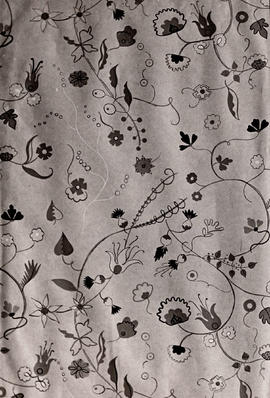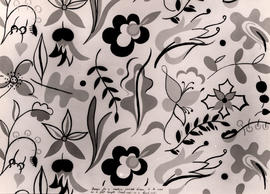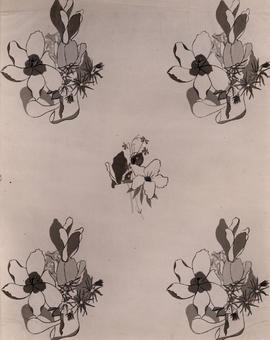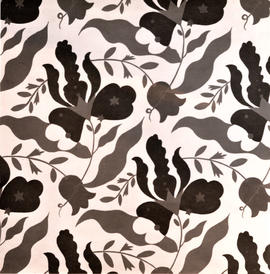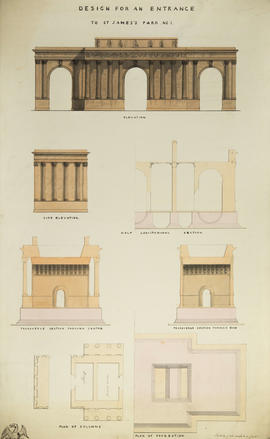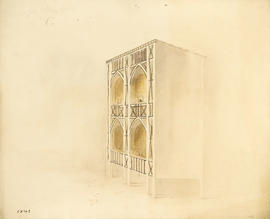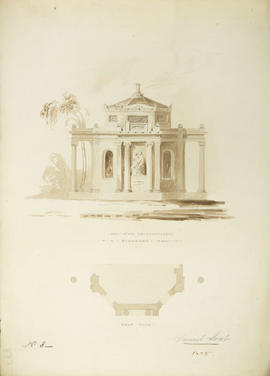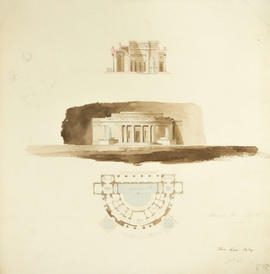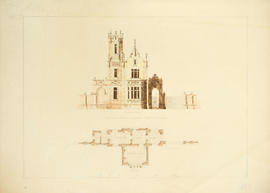Unidad documental simple
Parte de Royal Society for the encouragement of Arts, Manufactures and Commerce (RSA)
2234 resultados con objetos digitales
Muestra los resultados con objetos digitales
Unidad documental simple
Parte de Royal Society for the encouragement of Arts, Manufactures and Commerce (RSA)
RSA/PR/DE/100/19/102
·
Unidad documental simple
·
1938
Parte de Royal Society for the encouragement of Arts, Manufactures and Commerce (RSA)
Winner of a Travelling Studentship
RSA/PR/DE/100/19/103
·
Unidad documental simple
·
1938
Parte de Royal Society for the encouragement of Arts, Manufactures and Commerce (RSA)
Winner of a Scholarship
Unidad documental simple
Parte de Royal Society for the encouragement of Arts, Manufactures and Commerce (RSA)
RSA/PR/DE/100/19/107
·
Unidad documental simple
·
1938
Parte de Royal Society for the encouragement of Arts, Manufactures and Commerce (RSA)
Winner of a Scholarship
RSA/PR/DE/100/19/109
·
Unidad documental simple
·
1939
Parte de Royal Society for the encouragement of Arts, Manufactures and Commerce (RSA)
Winner of a Scholarship of £100
Unidad documental simple
Parte de Royal Society for the encouragement of Arts, Manufactures and Commerce (RSA)
RSA/PR/DE/100/19/115
·
Unidad documental simple
·
1939
Parte de Royal Society for the encouragement of Arts, Manufactures and Commerce (RSA)
Winner of a travelling studentship of £100
RSA/PR/DE/100/19/119
·
Unidad documental simple
·
1990s
Parte de Royal Society for the encouragement of Arts, Manufactures and Commerce (RSA)
RSA/PR/AR/103/14/863
·
Unidad documental simple
·
1824
Parte de Royal Society for the encouragement of Arts, Manufactures and Commerce (RSA)
Unidad documental simple
Parte de Royal Society for the encouragement of Arts, Manufactures and Commerce (RSA)
Unidad documental simple
Parte de Royal Society for the encouragement of Arts, Manufactures and Commerce (RSA)
RSA/PR/AR/103/14/870
·
Unidad documental simple
·
1821
Parte de Royal Society for the encouragement of Arts, Manufactures and Commerce (RSA)
Unidad documental simple
Parte de Royal Society for the encouragement of Arts, Manufactures and Commerce (RSA)
Unidad documental simple
Parte de Royal Society for the encouragement of Arts, Manufactures and Commerce (RSA)
RSA/PR/AR/103/14/878
·
Unidad documental simple
·
1816
Parte de Royal Society for the encouragement of Arts, Manufactures and Commerce (RSA)
Unidad documental simple
Parte de Royal Society for the encouragement of Arts, Manufactures and Commerce (RSA)
RSA/PR/AR/103/14/881
·
Unidad documental simple
·
1817
Parte de Royal Society for the encouragement of Arts, Manufactures and Commerce (RSA)
Unidad documental simple
Parte de Royal Society for the encouragement of Arts, Manufactures and Commerce (RSA)
